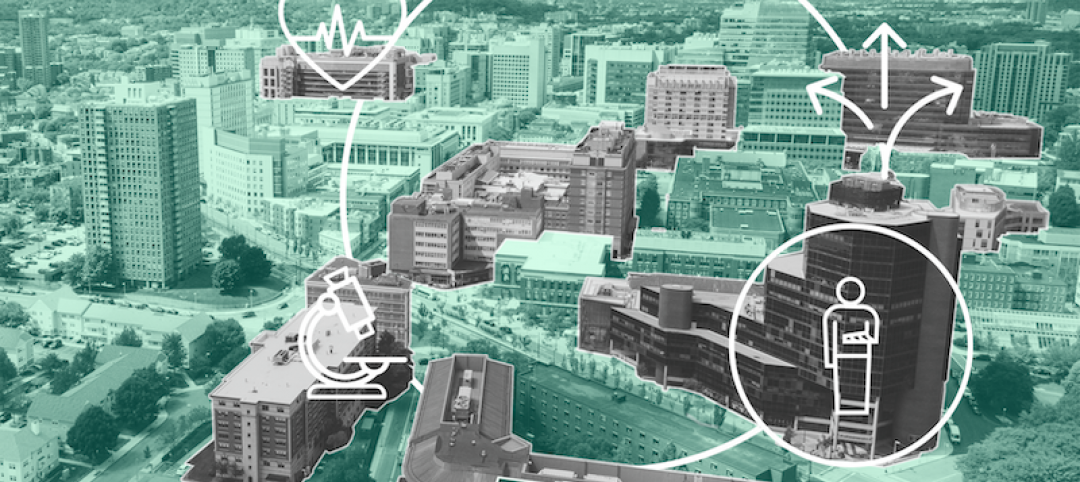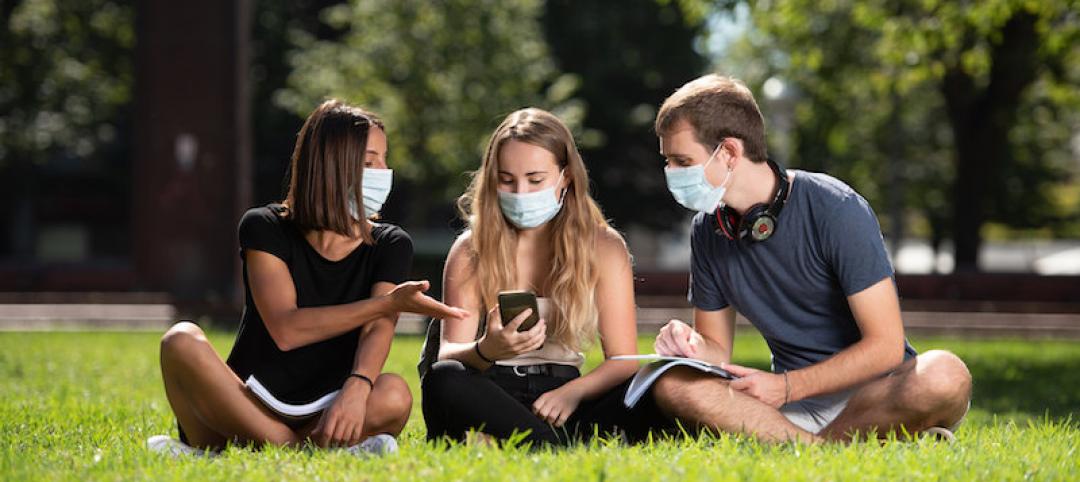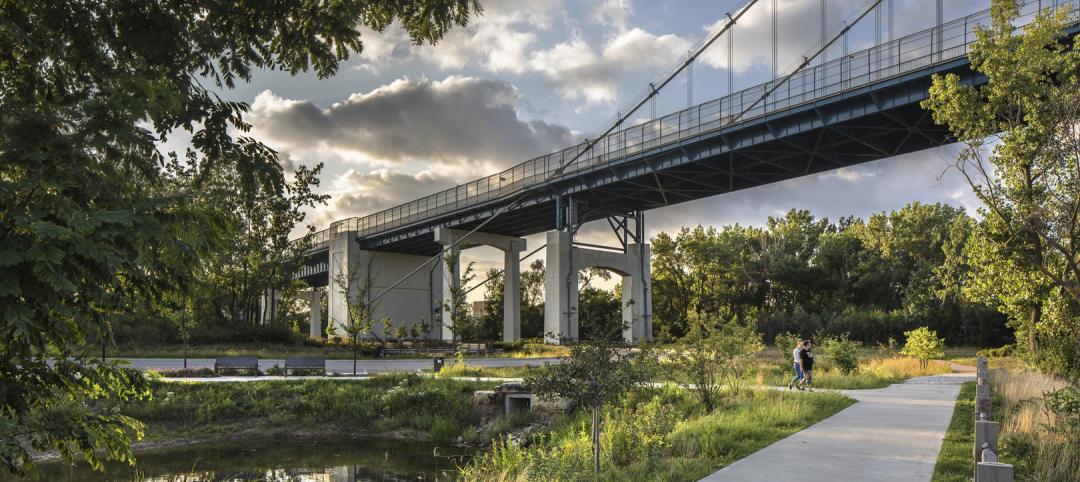The Centers for Disease Control and Prevention (CDC) issued recommendations to help minimize the spread of COVID-19 in long-term care facilities where the population is more vulnerable to this coronavirus. But senior living communities have found that following the CDC’s recommendations have created significant operational impacts. To prevent COVID-19 from entering their communities, many facilities are reduced to a single access point and have added stations for staff to safely put on and remove PPE. Ongoing screenings and monitoring meant to identify infection early and to contain spread, as well as enhanced cleaning, maintenance and disinfection routines have added workload for staff. Supplying needed cleaning supplies and PPE have added costs. And managing any outbreaks within their communities have demanded adjustments to isolate those who are sick while providing them with ongoing treatment.
While the economic and operational impacts of the novel coronavirus on senior living communities are clear, the social-emotional impacts are perhaps even more critical and challenging to quantitatively measure. As designers who invest our careers in making senior living communities comfortable, safe and nourishing places, this moment in human health has caused us to rethink and apply basic tactics to ensure the health and well-being of caregivers and occupants.
Prior to the pandemic, senior living care providers were focused on upgrading the resident experience, targeting hospitality-based design and amenities to appeal to the incoming baby boomer generation. And although most senior living providers are well into their response, the disease’s unique pressures and uncertain duration may change the array of resident amenities and methods of social engagement and activities for years to come.
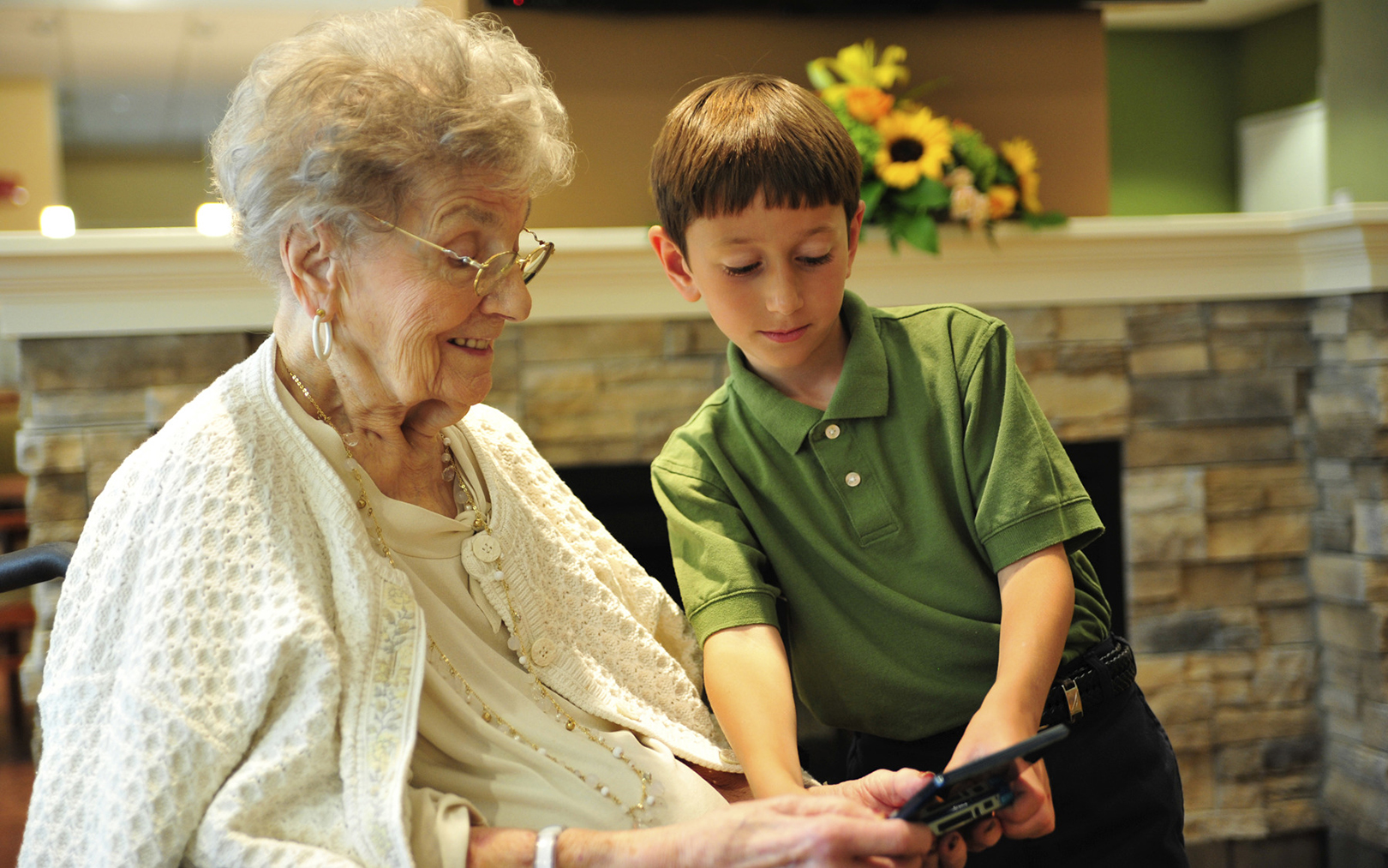
The Intersection of Social Interaction and Technology
Communities are in a state of lockdown with cancellation of non-essential outside excursions, full restrictions on visitation, and no shaking hands or hugging. If dining room service is available it is limited to groups of 10, but more likely residents are taking meals in their rooms. All group activities are cancelled. There is immense pressure on providers to offset the negative effects social distancing is having on residents’ quality of life. There are glimmers of hope: communities are finding inventive solutions to offset social isolation. In recent weeks, news coverage has been full of examples including doling out drinks and bowls of ice cream from mobile carts; arranging hallway parties; and holding social events outside in the fresh air, even if the residents themselves are only observing.
Providers have also turned to creative tech-forward solutions. One senior living community introduced a new YouTube pilot channel to maintain a greater sense of normalcy in day-to-day activities. Taking a cue from the cruise industry, an in-house production team delivers programming directly to residents’ computers or mobile devices three times a week. The developed content is a supplement to the provider’s COVID-19 activities schedule.
Even as the pandemic wears on and beyond its resolution, providers will need to continue evolving programming to ward against social isolation. Virtual streaming for exercise, spiritual services, and learning activities originally put in place for the pandemic are likely to outlast the pandemic. Expansion of either in-house production companies or YouTube channels will be leveraged for generating online content daily. Virtual visits with family are most likely here to stay even after supplemented by onsite visits in the future. It will become vital for providers to ensure their residents’ access to technology including providing training to teach residents how to access digital programming.
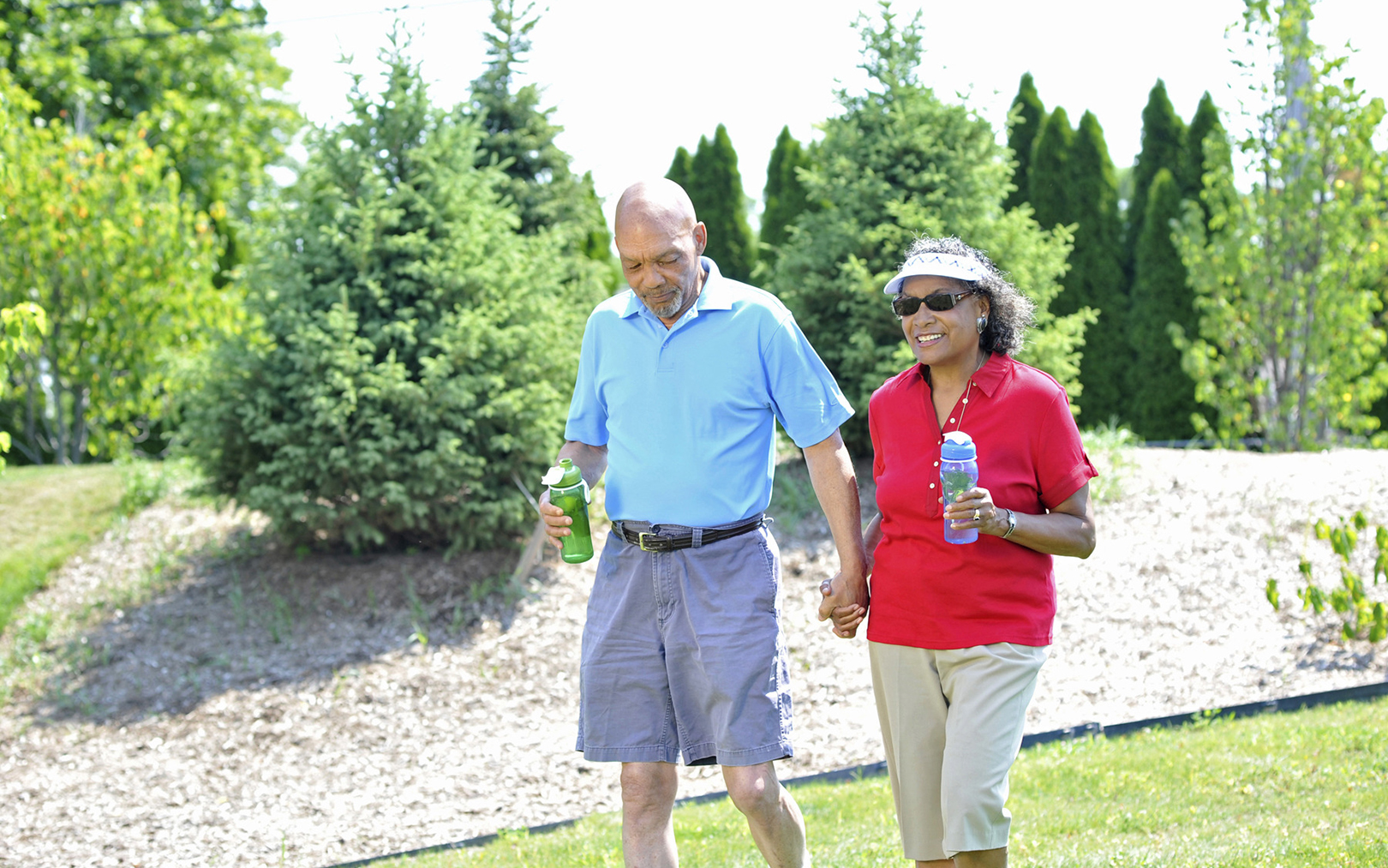
Allaying Anxiety and Rebuilding Trust
Round-the-clock care necessary during this pandemic has been requiring overtime pay and bonusing that is impacting operational budgets. Unfortunately, while the cost of care is soaring, new residents are not being accepted during the pandemic due to the increased risk of infection, so there is no offset of revenue. Even as we move past crisis response to the "new normal" when new residents can be accepted, there may be a reduction in applications as fears of lockdown, isolation and infection may still run high.
Residents and applicants will want to see how communities are addressing these issues. Facilities operators will need to update intake processes with increased health screening for incoming residents, possibly completed at an alternative location. Once becoming a member of the community, residents may expect ongoing health screenings. Communities with onsite clinics currently may look to add telehealth rooms to expand access for routine and specialty care. Some providers may also add dedicated infection control units capable of handling the next pandemic.
Demonstrating safety and cleanliness will become even more paramount to attracting residents and retaining trust. Taking cues from healthcare, providers will pay more attention to flows through their facilities to address infection control hygiene. Expect adaptations that prevent infection by controlling paths of family, residents, staff, information, equipment, and waste within the community. Updated visitation policies will most likely require ongoing screening of all staff and visitors. Communities will need to update wayfinding to control flows through their facilities, but also reinforce feelings of competency and compliance for residents, staff and visitors.
PPE donning and doffing areas are likely to last or be present for a long time, including locations at public entry points and near resident rooms to ensure utilization by all, and hand sanitizer locations will be dispersed throughout the community. Finish and furniture selections will be scrutinized to favor those that are compatible with infection control protocols and able to withstand repeated disinfection. Visible sanitation locations will remain dispersed throughout communities.
Designers will need to play an essential role in maintaining a focus on seniors and their well-being as we endure and emerge from the current pandemic. We must design to enable quality of care and flexibility in facilities to keep residents and caregivers safe from this novel virus and future potential threats, while balancing design solutions that protect and promote the social and mental wellness of residents and staff.
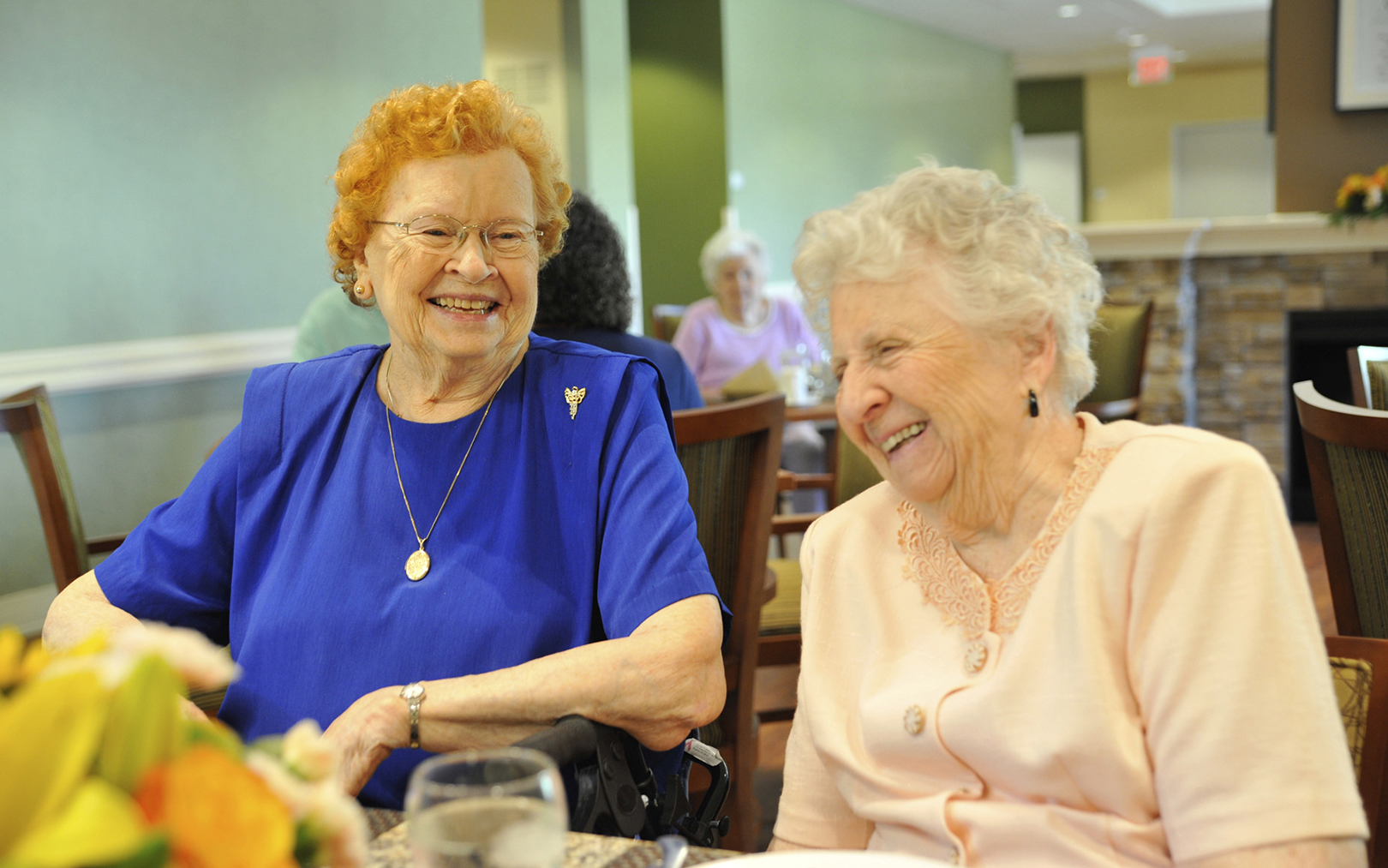
More from Author
SmithGroup | Oct 28, 2024
A case for mid-rise: How multifamily housing can reshape our cities
Often referred to as “five-over-ones,” the mid-rise apartment type is typically comprised of five stories of apartments on top of a concrete “podium” of ground-floor retail. The main criticism of the “five-over-one” is that they are often too predictable.
SmithGroup | Mar 28, 2023
Inclusive design requires relearning how we read space
Pulling from his experience during a campus design workshop, David Johnson, AIA, LEED AP, encourages architects to better understand how to design spaces that are inclusive for everyone.
SmithGroup | Feb 27, 2023
Surfing the Metaversity: The future of online learning?
SmithGroup's tour of the Metaversity gives us insight on bringing together physical and virtual campuses to create a cohesive institution.
SmithGroup | Nov 28, 2022
Data centers are a hot market—don't waste the heat!
SmithGroup's Brian Rener shares a few ways to integrate data centers in mixed-use sites, utilizing waste heat to optimize the energy demands of the buildings.
SmithGroup | Aug 3, 2022
Designing learning environments to support the future of equitable health care
While the shortage of rural health care practitioners was a concern before the COVID-19 pandemic, the public health crisis has highlighted the importance of health equity in the United States and the desperate need for practitioners help meet the needs of patients in vulnerable rural communities.
SmithGroup | Aug 10, 2021
Retail reset: The future of shopping malls
Developers and design partners are coming together to reimagine how malls can create a new generation of mixed-use opportunities.
SmithGroup | May 17, 2021
Future pandemic preparedness at the medical district scale
The current COVID-19 pandemic highlights the concern that we will see more emergency events in the coming years.
SmithGroup | Jan 25, 2021
Amid pandemic, college students value on-campus experience
All the students we interviewed were glad that they returned to campus in one form or another.
SmithGroup | Aug 13, 2020
Renewing the healing role of public parks
While we can’t accurately predict all the ways we will respond to the current COVID-19 pandemic, it should provide a moment of reflection as we see all too clearly the consequences of our exploitation and destruction of nature.
SmithGroup | Jun 12, 2020
How will museums change after COVID-19
This new environment may herald innovative economic models and change the way we think about museum design.








